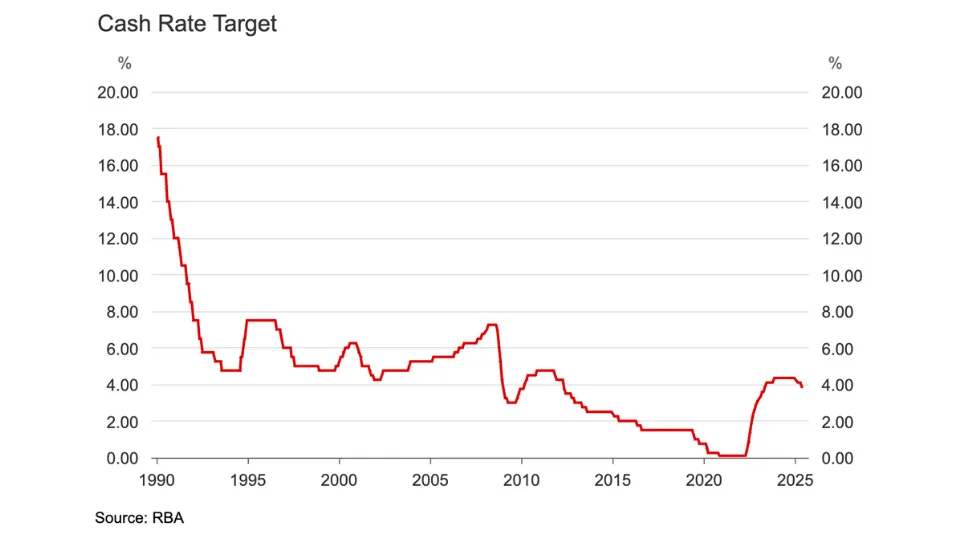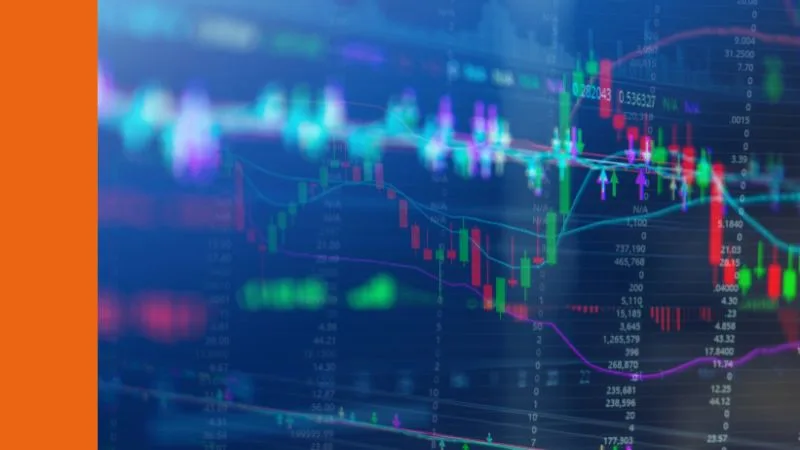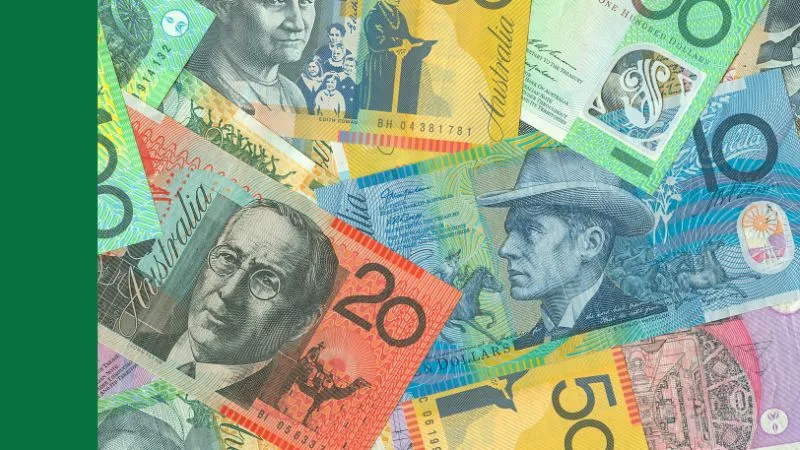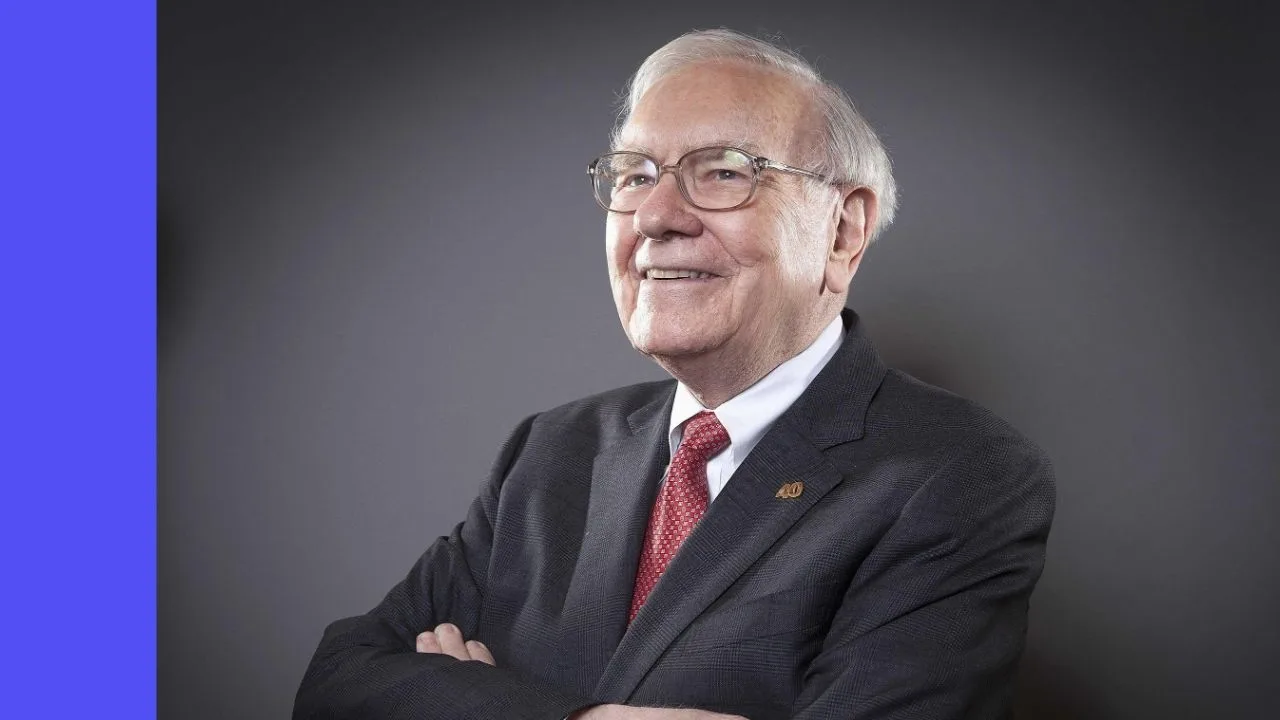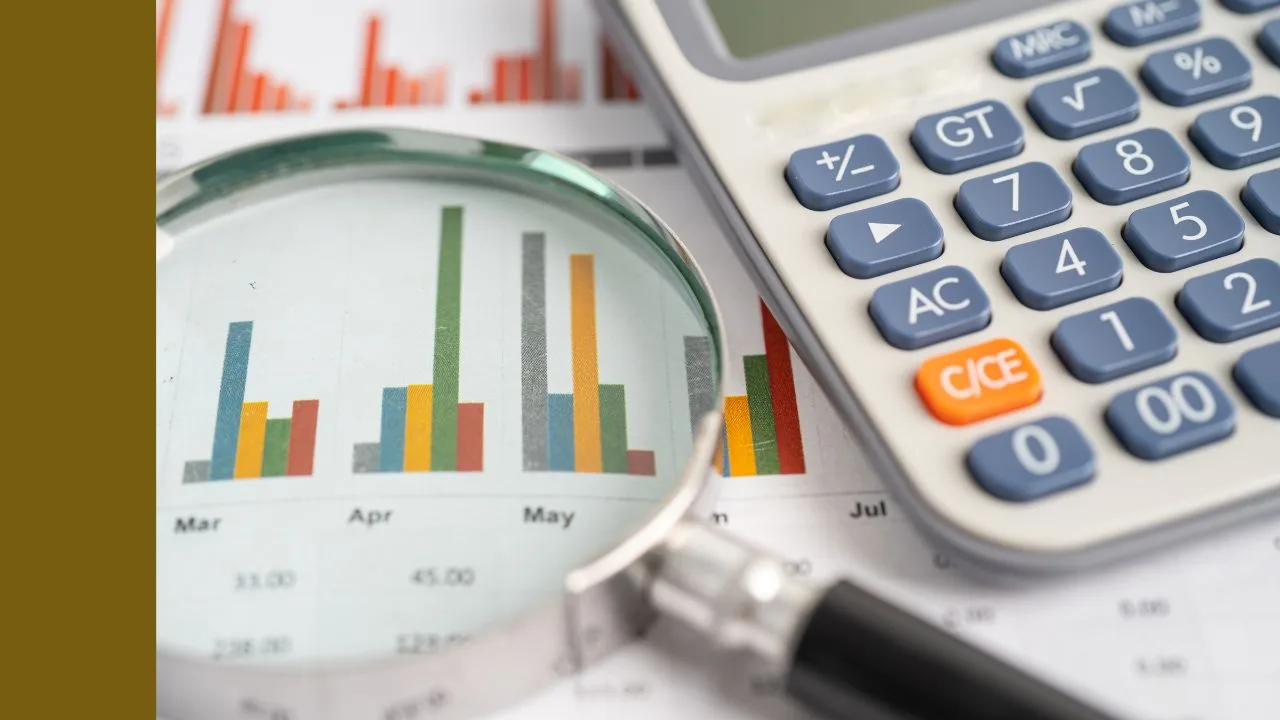Yesterday’s slump of the S&P/ASX 200 (ASX: XJO) was enough to wipe out all of the previous day’s gains. The main culprits were declines in various ASX mining and energy shares, which were enough to drag down the index despite good news concerning COVID-19 vaccine distribution in the US.
Keep in mind that November was an impressive run for the ASX 200, surging over 10% throughout the month. December has added 1.7% so far and it appears that some of the original enthusiasm is fading while COVID-19 only seems to be getting worse in the US and Europe.
When the first COVID-19 vaccine was announced last month, investors rotated into the energy sector and other recovery stocks in travel and leisure. Now, some of these sectors have pulled back as the worst of COVID-19 continues to unfold overseas.
Recent losers: Coal
The relationship between Australian exporters and Chinese authorities has been further strained after the recent formal announcement that Australian coal has been banned in China.
Recently, there has been over 80 ships carrying Australian coal stuck at bay on the Chinese coast. However, Australia doesn’t depend entirely on China as an importer and has a diverse customer base in Japan, South Korea and Taiwan. Hopefully, some of these shipments can be redirected to other neighbouring markets.
It’s unclear how the ban will be resolved, but some Citi analysts are predicting the ban to be lifted by mid-2021 due to China’s reliance on high-grade metallurgical coal.
While producer Whitehaven Coal Ltd
(ASX: WHC) doesn’t ship directly to China, the sentiment fell nonetheless, with the share price dropping 5.8% yesterday. Also affected were New Hope Corporation Limited (ASX: NHC) and BHP Group Ltd (ASX: BHP), falling 2.7% and 2.2%, respectively.
The boycott of our commodities is an additional flex by China after calls by the Australian Government for an inquiry into the origins of the coronavirus pandemic. The relationship was already strained previously by the banning of tech company Huawei, as well as allegations of human rights violations in China.
Oil price dips
The share prices of oil and gas exploration companies are often highly correlated with the underlying commodity price.
So, the recent pullback of producers such as Santos Ltd (ASX: STO) and Woodside Petroleum Limited (ASX: WPL) has been the result of a dip in the oil price following further concerns regarding COVID-19.
Just recently, UK Health Secretary Matt Hancock revealed that new cases in England may be the result of a new variant of the virus.
To further worsen the sentiment towards oil, on Monday, the Organisation of the Petroleum Exporting Countries (OPEC) announced that it had reduced its forecast for 2021 growth in oil demand as a result of ongoing uncertainties surrounding COVID-19 and the labour market.
I find it interesting that these share prices are so sensitive to essentially the sentiment regarding a global economic recovery. Keep in mind, these are just forecasts, so whether or not these price movements are justified or not is another question.
Holding ASX energy shares such as Santos and Woodside that are highly leveraged to an economic recovery is a fairly safe bet in the medium-term, in my opinion, provided the vaccine outcome is a positive one.
I see the appeal in holding these stocks as the oil price (hopefully) reaches its pre-COVID level, but not so much as a long-term play.
What about iron ore?
After hitting record highs, iron ore futures had eased 4% yesterday, contributing to an overall weaker broader index. The Fortesque Metals Group Limited (ASX: FMG) share price also hit an all-time high of $22.95 per share, but has since pulled back slightly.
If you thought the Australia-China trade war had nothing to do with iron ore exports – think again. Due to global demand increases and supply shortages, the spot price of iron ore has skyrocketed.
Chinese steelmakers have expressed their frustration over the price surge, which has begun to eat into profit margins. Ironically, their increased demand is part to blame for the higher price, which isn’t actually set by producers.
Given China’s dependency and Australia’s position of power with iron ore, finding alternative suppliers might have the same increasing effect on the spot price, so it’s anyone’s guess how this will play out.
Summary
If there’s one thing we know for sure, no commodity seems to have been spared in this recent trade war, with coal, iron ore, beef, barley, cotton and wine all being pushed into the spotlight.
From an investing standpoint, I would personally want to be avoiding companies with significant exposure to China, as it could present a pretty significant headwind in the short-term.
Investing in companies leveraged to an underlying commodity price can be easy, but only if you correctly predict the direction of the price. For this reason, I generally stay away.
However, if I were to pick one commodity sector, I’d probably go with the oil producers. I think these are solid bets into next year, provided we see the global economy continue to recover. If the oil price continues to rise as it’s predicted to by many, pure-play oil producers that are highly correlated to the oil price should see a gradual recovery in their share prices as well.

